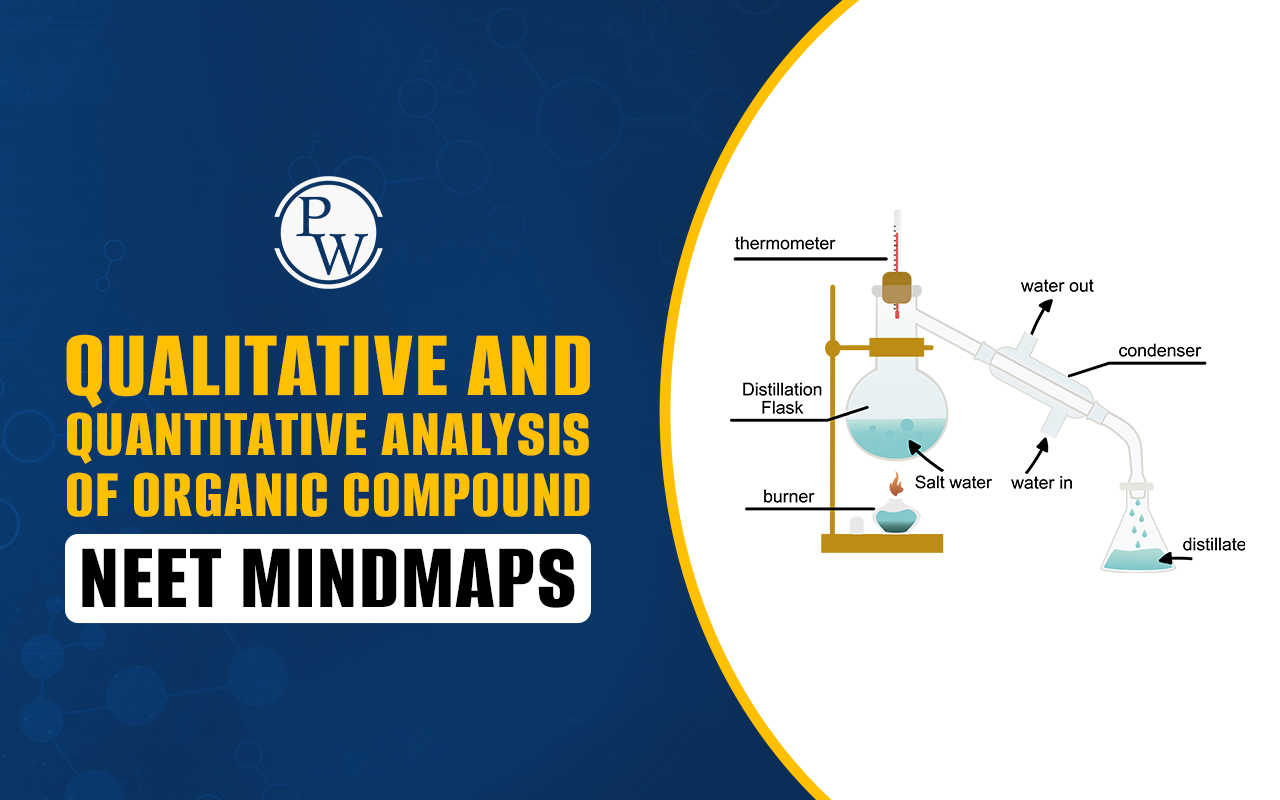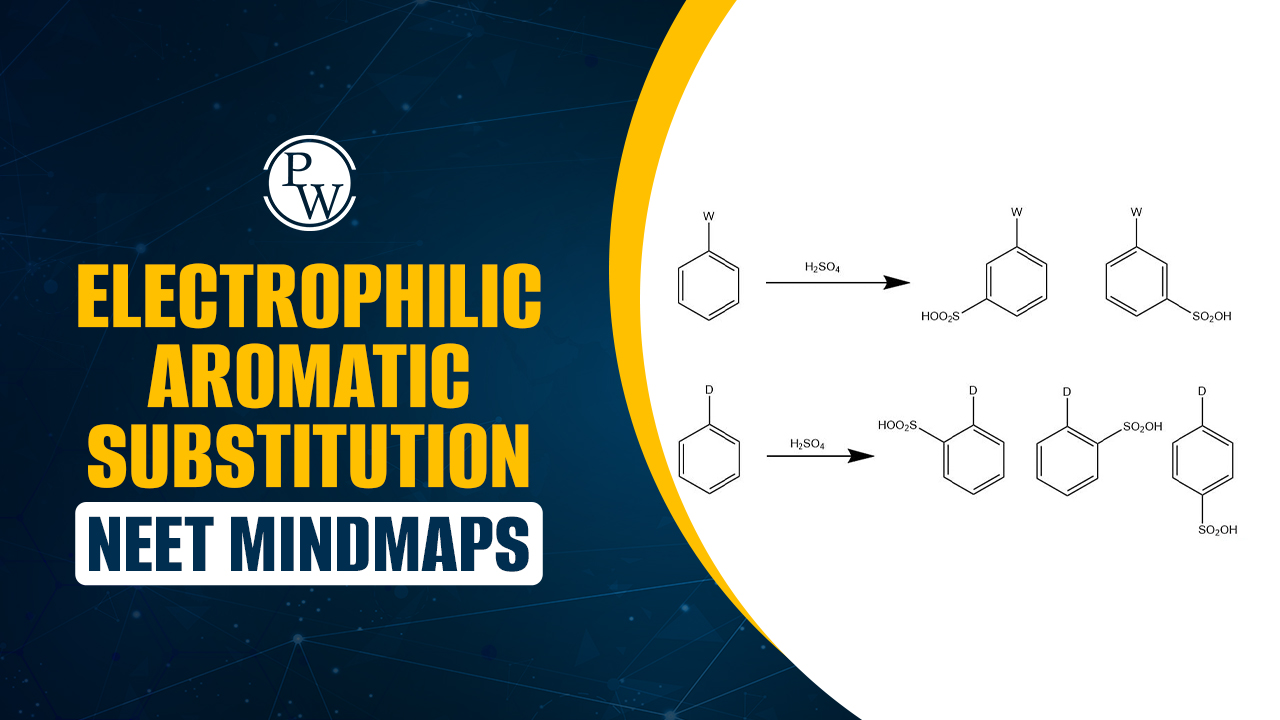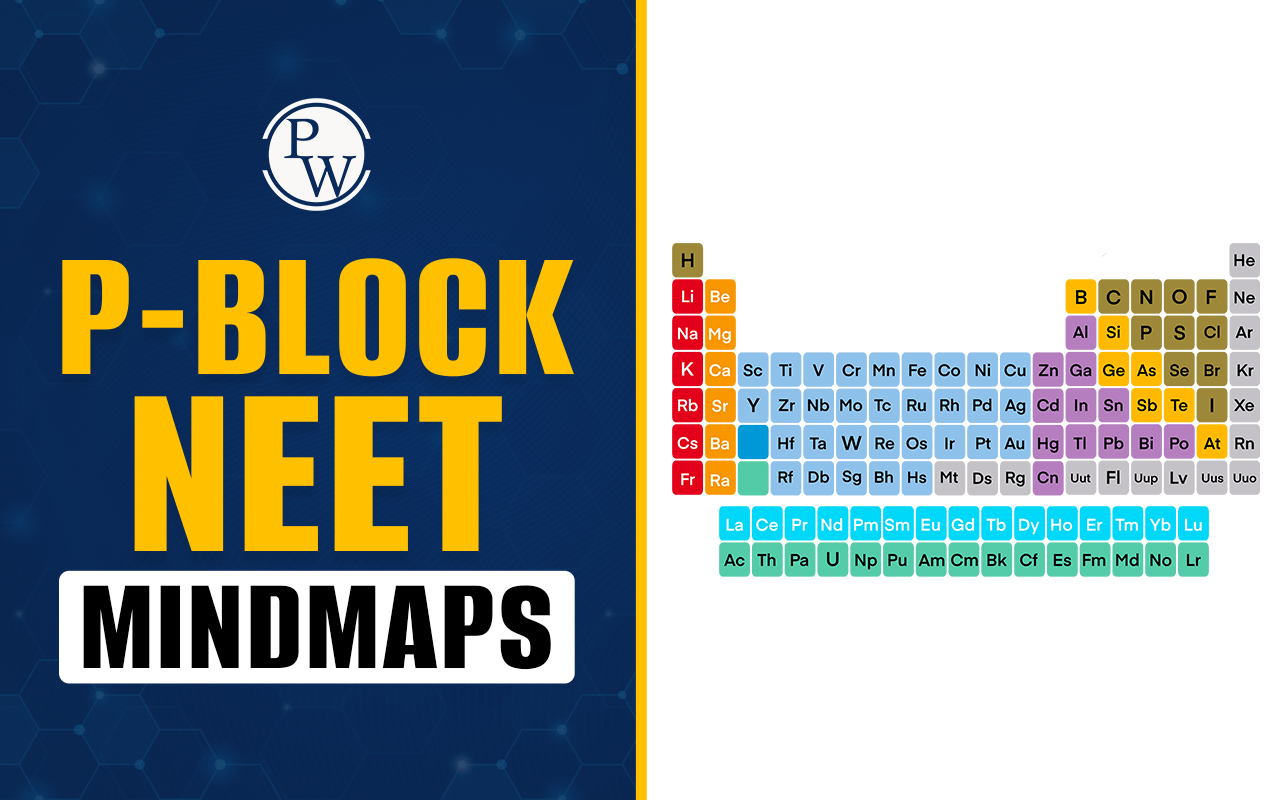

DOTS Full Form: The DOTS stands for Directly Observed Treatment, Short Course. It is a comprehensive treatment program for TB patients involving six months of daily medication, inpatient treatment, and a six-month outpatient phase. DOTS, administered at clinics in rural areas where a significant number of the estimated 4.5 million people with TB reside, provides a potential solution for patients who may struggle with medication adherence due to mild or severe side effects.
DOTS Full Form in Medical
Directly Observed Treatment, Short Course, is the Full Form of DOTS in Medical. The World Health Organisation (WHO) encourages a specific method known as directly observed therapy (DOT). Medical professionals, community volunteers, or family members must see and document patients as they take each dose. By combining powerful anti-tuberculosis drugs, DOTS aims to eradicate the infection effectively. The Short Course approach minimizes the risk of treatment interruption, promotes completion of therapy, and reduces the likelihood of relapse or the emergence of drug-resistant strains.DOTS Full Form in English
DOTS Full Form in English is Directly Observed Treatment, short course . The first element of the DOTS strategy, "Directly Observed Treatment," emphasizes the critical importance of ensuring that patients adhere to their prescribed medication regimen. Trained healthcare providers or community volunteers are essential for directly observing patients while they take their medications. This practice ensures treatment compliance, prevents missed doses, and reduces the risk of drug resistance. Through direct observation, DOTS safeguards against treatment failure and facilitates a higher chance of a successful cure. The second element, "Short Course," refers to the relatively concise duration of the tuberculosis treatment regimen. DOTS advocates for a standardized and well-defined treatment protocol that spans six to nine months.
DOTS Full Form in Hindi
DOTS का हिंदी में पूरा नाम डायरेक्टली ऑब्जर्व्ड ट्रीटमेंट, शॉर्ट कोर्स है। इस नवोन्मेषी रणनीति ने तपेदिक के निदान और प्रबंधन के प्रति हमारे दृष्टिकोण में क्रांति ला दी है। प्रत्यक्ष अवलोकन, मानकीकृत उपचार नियमों और सहायक प्रणालियों के संयोजन से, डॉट्स इस घातक बीमारी से निपटने के लिए एक समग्र और संरचित दृष्टिकोण प्रदान करता है। डॉट्स का उद्देश्य संक्रमण को प्रभावी ढंग से खत्म करना है। लघु पाठ्यक्रम दृष्टिकोण से, इस तकनीक का उपयोग उपचार रोकने के जोखिम को कम करता है, उपचार पूरा करने को प्रोत्साहित करता है, और पुनरावृत्ति की संभावना या दवा प्रतिरोधी प्रजातियों के उद्भव को कम करता है।
| October Month’s Medical Days | |
| World Heart Day | Breast Cancer Awareness Month |
| World Mental Health Day | World Arthritis Day |
| Global Handwashing Day | World Food Day |
What is Directly Observed Treatment, Short Course?
The Directly Observed Therapy Short Course is the Full Form of DOTS . DOTS, or Directly Observed Therapy Short Course for Tuberculosis, is a method utilized to direct the treatment of pulmonary tuberculosis (TB). The World Health Organization (WHO) developed the DOTS technique to enhance TB treatment plans' efficacy. The fundamental premise behind DOTS is that healthcare professionals who can directly observe a patient's adherence to therapy, provide necessary follow-up, and offer education when necessary are better equipped to administer TB medication. The Full Form of DOTS in tuberculosis control is Directly Observed Treatment. This innovative strategy has revolutionized how we approach tuberculosis diagnosis and management. By combining direct observation, standardized treatment regimens, and supportive systems, DOTS offers a holistic and structured approach to combating this deadly disease.
Critical Components of DOTS
DOTS is a highly effective in-patient tuberculosis treatment strategy in a low-resource context. Despite widespread medication resistance, the overall cure rate exceeds 95% when executed appropriately. DOTS ' important success factors include a) active case detection; b) direct observation; c) drug susceptible case management; and d) strict patient follow-up. DOTS also includes the following components: treatment of non-susceptible and multi-drug resistant patients, treatment of drug-susceptible cases, and treatment of latent infections. The following are the significant components of DOTS :
1. Diagnosis and Laboratory Support
DOTS emphasizes accurate and timely diagnosis through comprehensive laboratory support. Various diagnostic methods, including sputum smear microscopy and advanced molecular testing, aid in the detection of tuberculosis. By swiftly identifying cases, DOTS ensures the prompt initiation of treatment, minimizing transmission and improving patient outcomes.
2. Uninterrupted Drug Supply,
A fundamental aspect of the DOTS strategy is the uninterrupted availability of high-quality anti-tuberculosis medications. Ensuring a steady supply of reliable drugs is crucial for successful treatment. Robust drug management systems, stringent quality control measures, and efficient procurement mechanisms work harmoniously to maintain a consistent drug supply, preventing treatment disruptions.
3. Standardized Treatment Regimens
DOTS promotes standardized treatment regimens, which have been meticulously designed to optimize effectiveness and minimize the risk of drug resistance. These regimens are based on regional guidelines and tailored to address varying epidemiological factors and patient characteristics. Standardization ensures that patients receive evidence-based, high-quality care regardless of location.
4. Supportive Systems and Monitoring
DOTS incorporates robust supportive systems and monitoring mechanisms to facilitate comprehensive care for tuberculosis patients. These systems encompass regular follow-up visits, psychosocial support, patient education, and the management of treatment-related side effects. Data collection, analysis, and evaluation through health information systems contribute to evidence-based decision-making and program performance assessment.
Goals of the DOTS Tuberculosis Prevention Program
The DOTS Full Form is a Directly Observed Therapy Short Course. A comprehensive infection control program includes a tuberculosis (TB) infection control strategy with the following objectives:
- Implement airborne precautions and promptly identify and treat individuals suspected or confirmed to have infectious TB.
- Development, periodic review, and evaluation of policies and procedures for TB control in all healthcare settings, particularly those with a high risk of TB exposure. This helps determine the necessary measures to reduce the transmission of TB.
The TB infection control program is built on a three-level hierarchy of control measures:
- Administrative measures
- Environmental controls
- Use of respiratory protective equipment
- The DOTS method is a technique for administering medication where a healthcare professional directly observes the patient taking each dose. This approach ensures that the patient receives and takes all prescribed medications as directed and helps monitor the response to treatment.
- In its Full Form as a Directly Observed Therapy Short Course, the DOTS approach serves two crucial purposes: ensuring the completion of treatment for tuberculosis (TB) patients for a successful cure and preventing the emergence and spread of drug-resistant TB within the community.
Impact of DOTS
The implementation of DOTS has profoundly impacted the global fight against tuberculosis. Through its comprehensive approach, DOTS has significantly improved cure rates and reduced the prevalence of tuberculosis in numerous countries. This strategic framework has been pivotal in advancing the goals of the World Health Organization's End TB Strategy. DOTS has saved countless lives by ensuring early diagnosis, promoting treatment adherence, and preventing the development of drug-resistant tuberculosis. By reducing transmission rates and improving patient outcomes, DOTS has brought us closer to a world free from the burden of this devastating disease.
Check NEET Exam Important Link
| NEET Exam Important Links | |
| NEET Syllabus | NEET Sample Paper |
| NEET Notes | NEET Previous Year Question papers |
DOTS Full Form FAQs
What does "DOTS" signify in TB treatment?
What illness is connected to DOTS?
Is it possible to cure tuberculosis?
How do you begin treatment for TB?
When did DOTS treatment begin?












